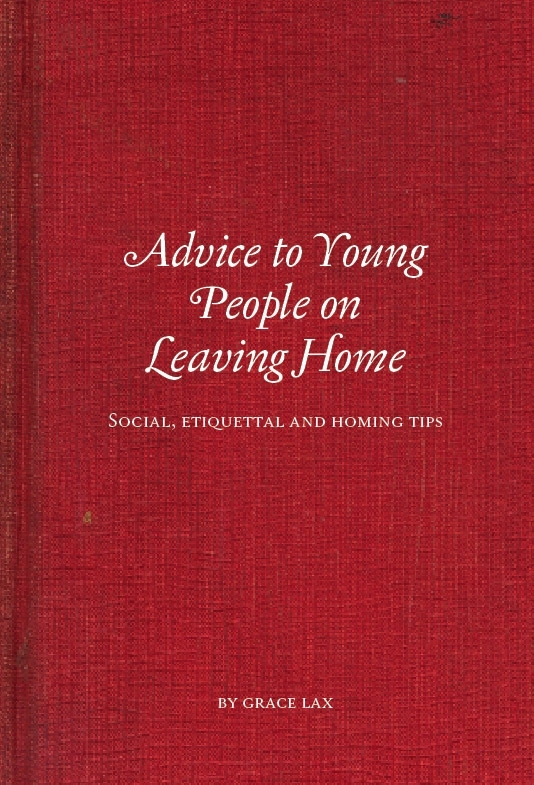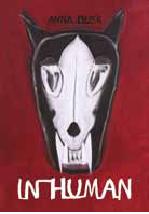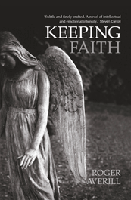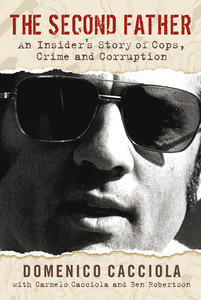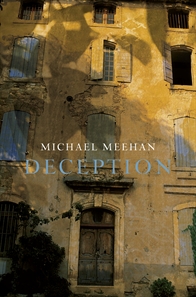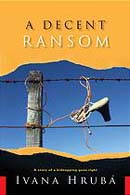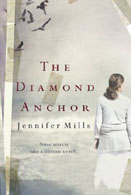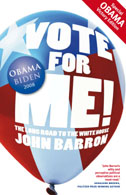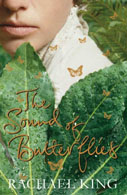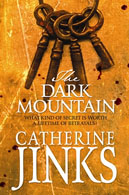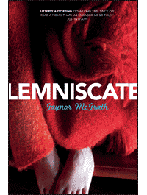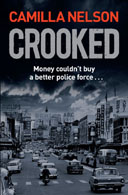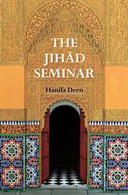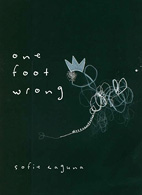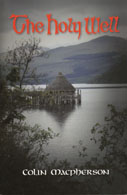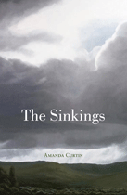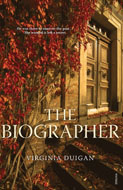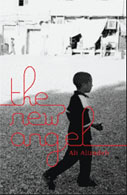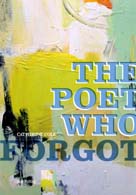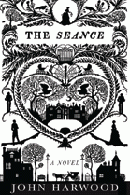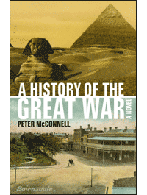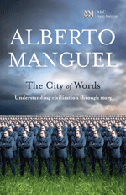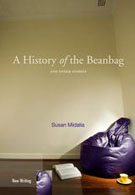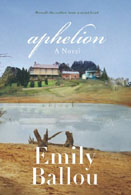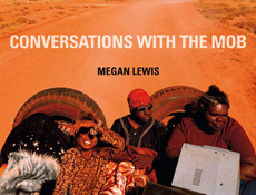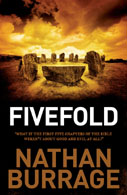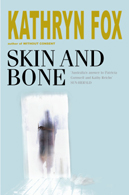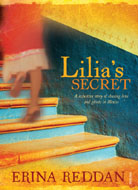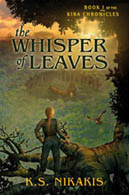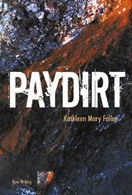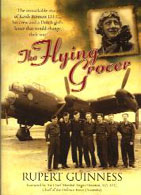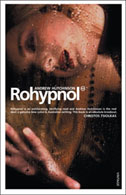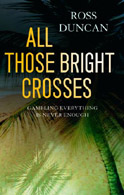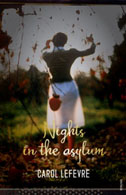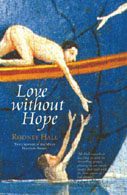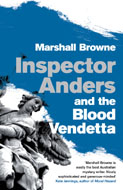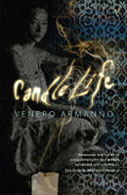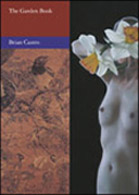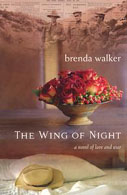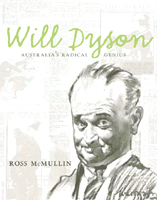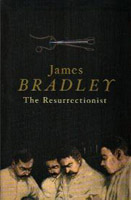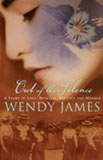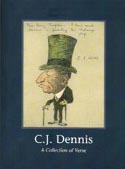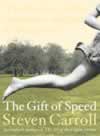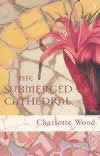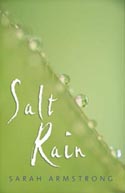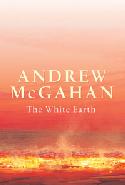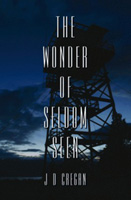 |
J. D. Gregan The Wonder of Seldom Seen University of Western Australia Press, 269 pp. Source: review copy Review by Michael Freedman |
It is difficult to write a review of The Wonder of Seldom Seen, because it does not easily fit into an accepted literary genre. It is a crime novel, because it has crime in it - in fact it has a number of murders, most of which occur at the beginning of the novel, often with only vague affinity with the plot. It is a thriller, because elements of the novel do tend to raise the heart rate. It is a quintessentially Australian novel, not just because it is set in this country, but because Australian references are liberally strewn throughout its pages. It is also a novel where the protagonist seeks reinvention of himself, and it is perhaps here where the novel finds its meaning.
Characterisation of secondary characters is rich, which is necessary because for much of the novel the main character is not particularly likable. Miles Jordon is a writer who gives up on his old life, and strikes out into country Victoria in search of a new one. At the beginning he is sympathetic - his marriage has crumbled, he is broke, he suffers from terminal writer's block, and he has not been able to replicate the success of an award-winning novel written years earlier. Additionally, he loves his dog, which, consistent with the author's determination to introduce Australian references at every opportunity, is a Blue Heeler.
But Miles is unlikable largely because of the choices he makes. He indulges in adultery with little regard to the consequences, and then vanishes with no warning. He evades pursuing police officers, inviting further suspicion, and thoughtlessly draws people he encounters who are unfamiliar with his past into his deception. For large portions of the novel he continues his voyage of self-discovery with little regard to those around him, and a key plot point in the novel is Miles' search for redemption.
Parts of the novel are confusing, and it is not clear whether this is intentional. At times key plot changes are improbable, and the relevance of certain characters and plot devices unclear. It is almost as if the author had too many ideas, and tried to fit as many as possible into this novel. This can sometimes work, but only when each idea has a common thread. Perhaps clarity intervenes on subsequent readings, but at first blush there seems to be too much happening at once. Indeed, this must be the first novel I have ever read which included both an Irish hitman and an alien artefact.
There is however a certain charm to The Wonder of Seldom Seen. It would a mistake to miss the significance of the word "wonder" in the title. Perhaps it is unfair, and misses the point, to expect gritty realism in a novel that follows the path of redemption in an otherwise flawed main character. The setting itself encompasses a certain degree of isolation, which is always interesting in a novel. The characters are mostly well-drawn, and the novel moves along at a good pace. The problem is that it is never entirely clear what the author wants his novel to be. Like its protagonist, the novel never really settles down. It is always situated outside the box, but lacks foundation.
